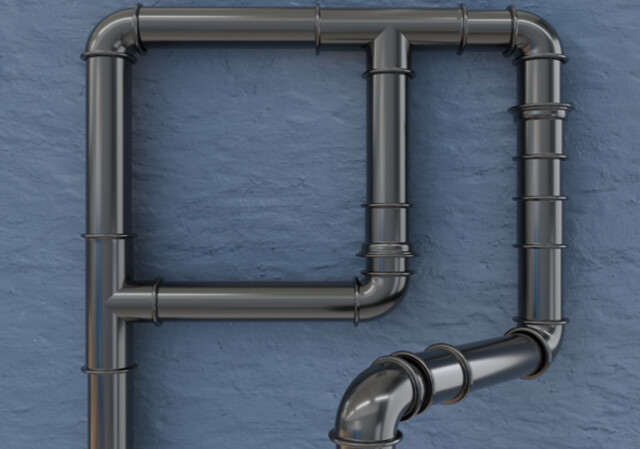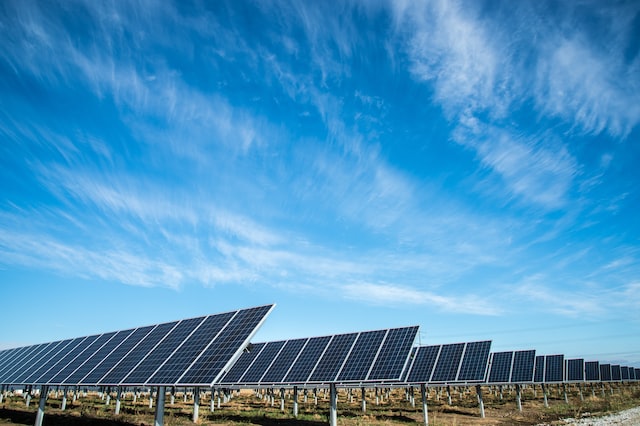Trenchless Sewer Repair 101: The Benefits and How It Works?
Sewer repairs can be a nightmare for homeowners. Trenchless sewer repair is the best option for those who want to avoid the hassle and mess that comes with traditional sewer repair methods. Trenchless sewer repair is a modern technique that eliminates the need for digging large trenches in your yard. This blog will discuss the benefits of trenchless sewer repair and how it works.
What is Trenchless Sewer Repair?
Trenchless sewer repair is a modern technique that involves repairing or replacing damaged sewer pipes without digging large trenches in your yard. There are two main methods of trenchless sewer repair:
Pipe lining: This method involves inserting a flexible liner filled with epoxy resin into the damaged pipe. The liner is then inflated, and the resin is allowed to dry, creating a new pipe within the old one.
Pipe bursting: This method involves breaking the old pipe and pulling a new pipe through it. A hydraulic machine breaks the old pipe and pulls the new one through.
Benefits of Trenchless Sewer Repair:
There are many benefits of trenchless sewer repair, including:
Cost-effective: Trenchless sewer repair is often less expensive than traditional repair methods because it requires less labor and equipment.
Quick repairs: Trenchless sewer repair can be completed in a matter of hours or days, depending on the extent of the damage.
Minimal disruption: Trenchless sewer repair doesn’t require digging large trenches, so there is less mess and disruption to your yard and landscaping.
Durable repairs: Trenchless sewer repair creates a new pipe within the old one, making it more durable and resistant to future damage.
Environmentally friendly: Trenchless sewer repair is more environmentally friendly because it doesn’t require the excavation of large soil areas, which can harm ecosystems.
How Trenchless Sewer Repair Works:
Trenchless sewer repair involves several steps, including:
- Inspection: A sewer camera is used to inspect the damaged sewer pipes to determine the extent of the damage.
- Cleaning: The pipes are cleaned using a high-pressure water jet to remove debris and buildup.
- Preparation: The new pipe liner or pipe bursting equipment is prepared for installation.
- Installation: The new pipe liner or equipment is installed into the damaged pipes using specialized tools and techniques.
- Curing: The liner is inflated, the new pipe is pulled through, and the resin can dry and cure for a few hours.
- Final Inspection: A final inspection is done to verify the repair has been accurately completed and there are no other problems.
When to Consider Trenchless Sewer Repair:
Trenchless sewer repair is a good option for anyone experiencing issues with their sewer line. Common problems that can be resolved using trenchless sewer repair include:
- Cracked pipes
- Leaking pipes
- Tree root invasion
- Collapsed pipes
- Corroded pipes
In conclusion, trenchless sewer repair is a modern technique that offers many benefits over traditional sewer repair methods. It’s cost-effective, quick, and requires minimal disruption to your yard. If you’re experiencing issues with your sewer line, consider trenchless sewer repair as an alternative to the more invasive traditional repair methods. Contact a professional plumbing contractor for more information about trenchless sewer repair.







